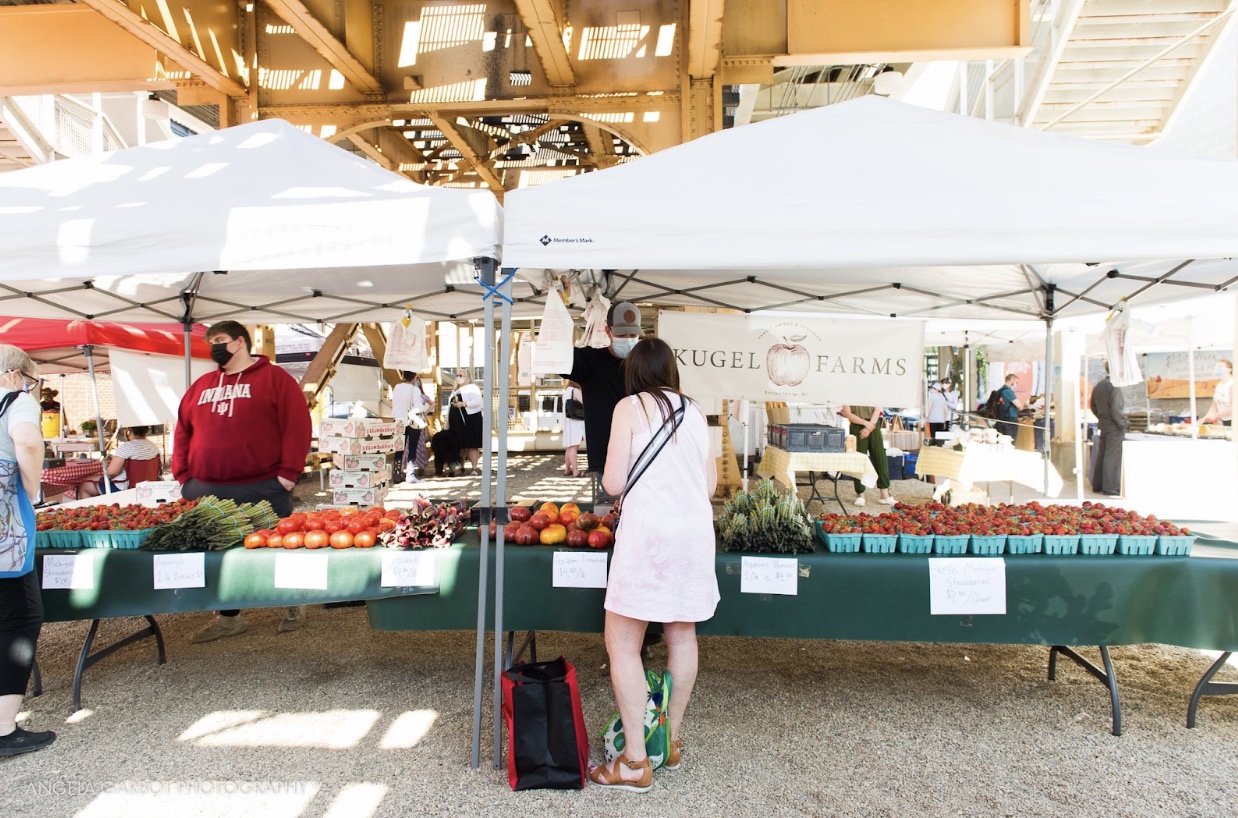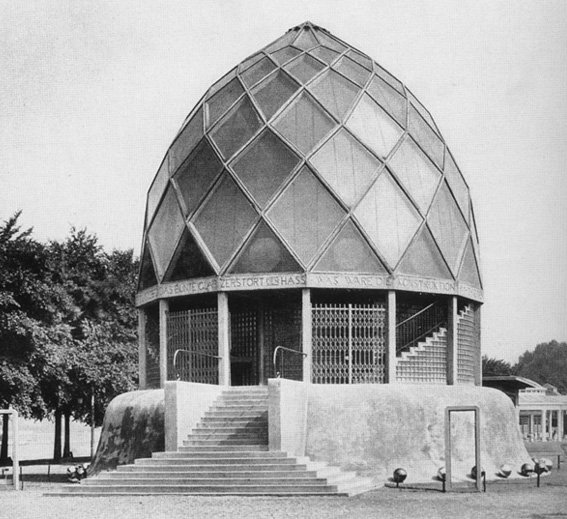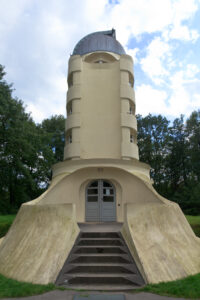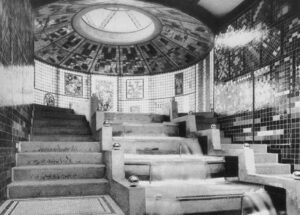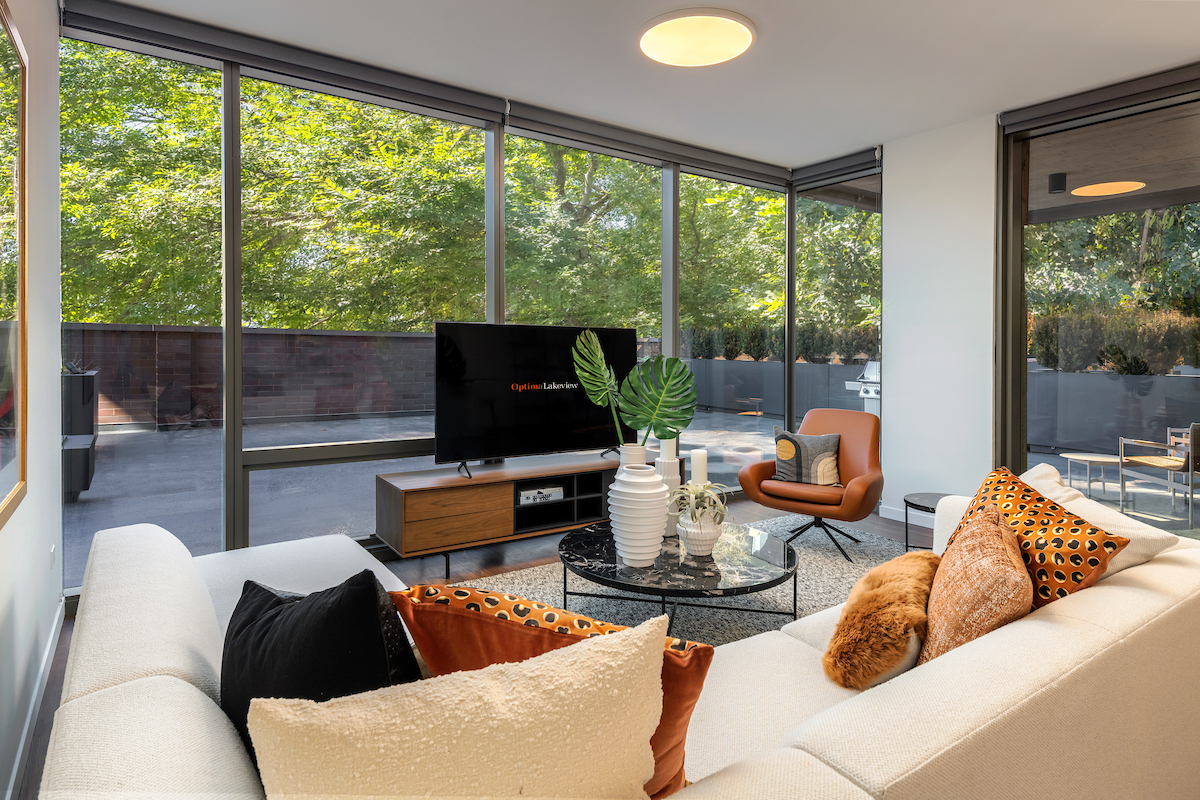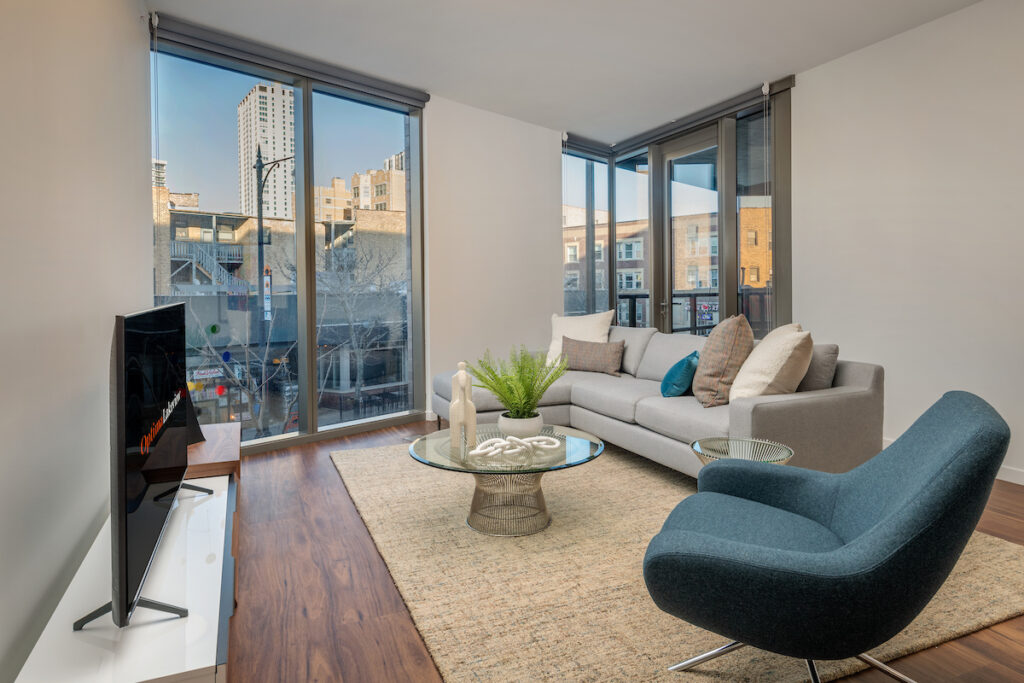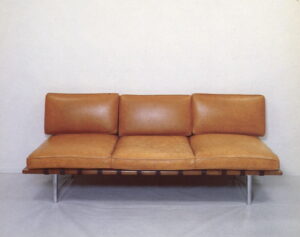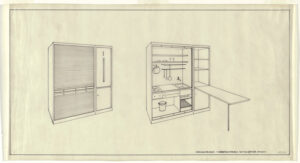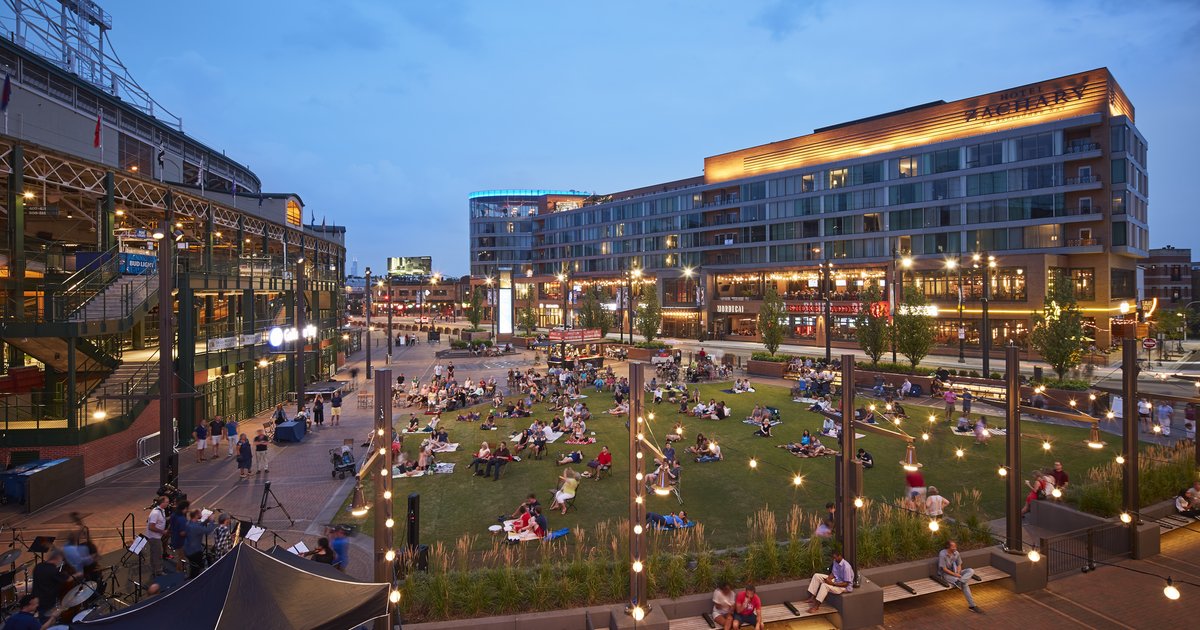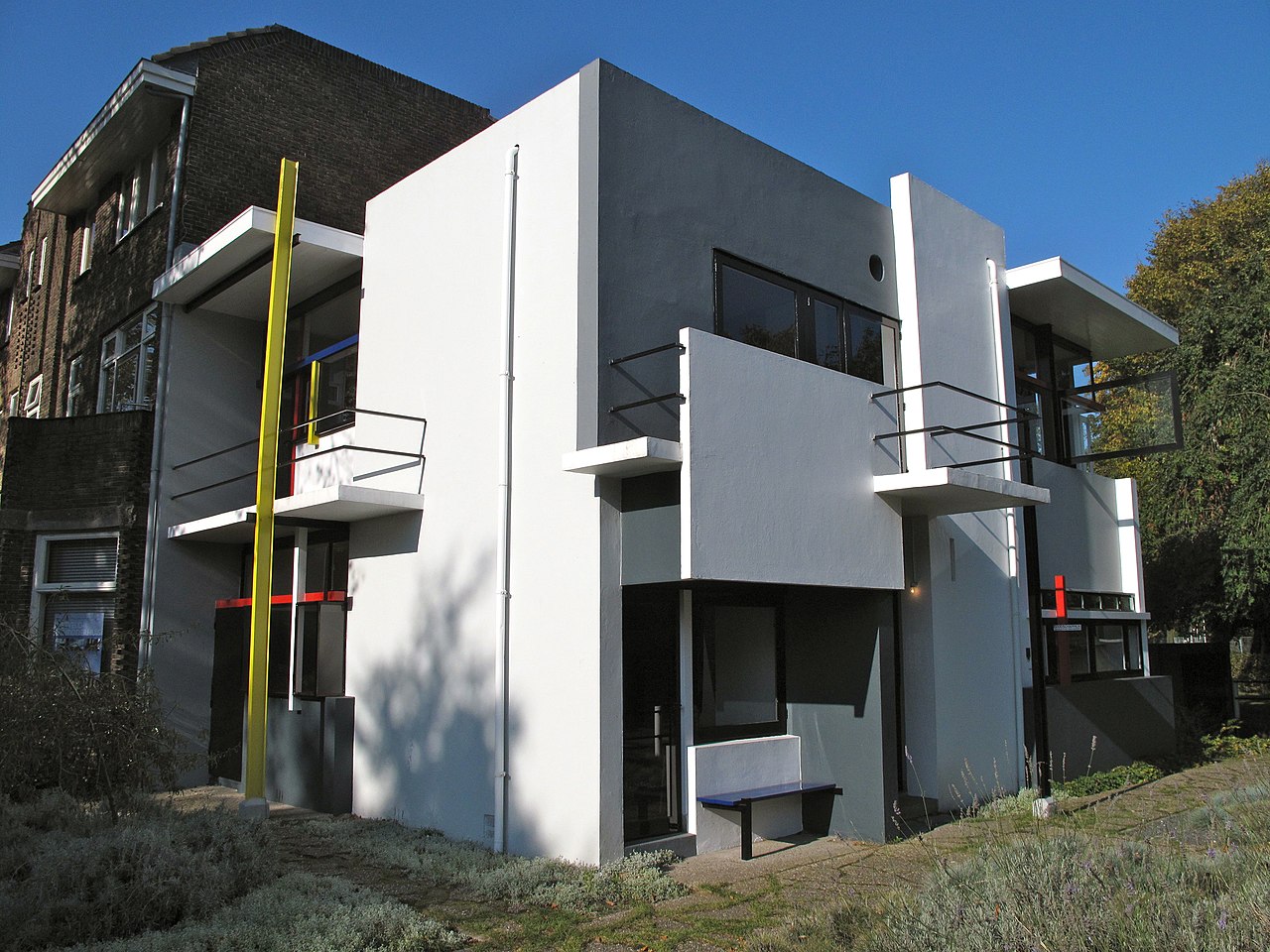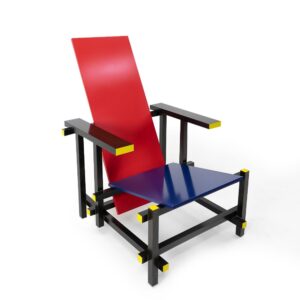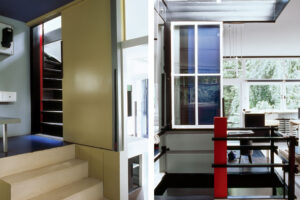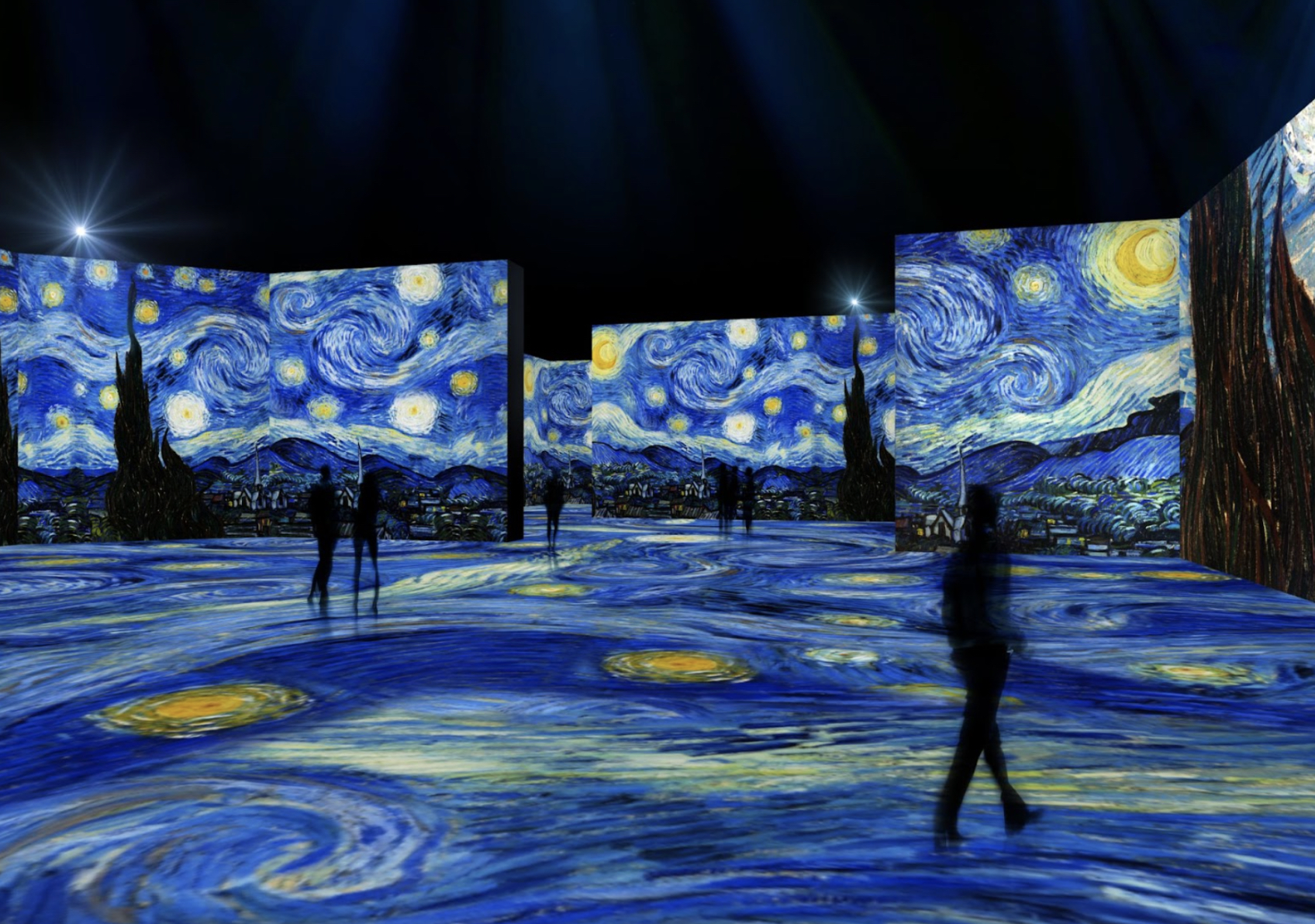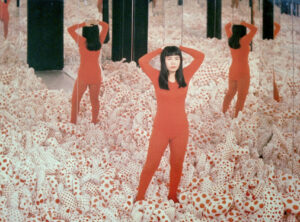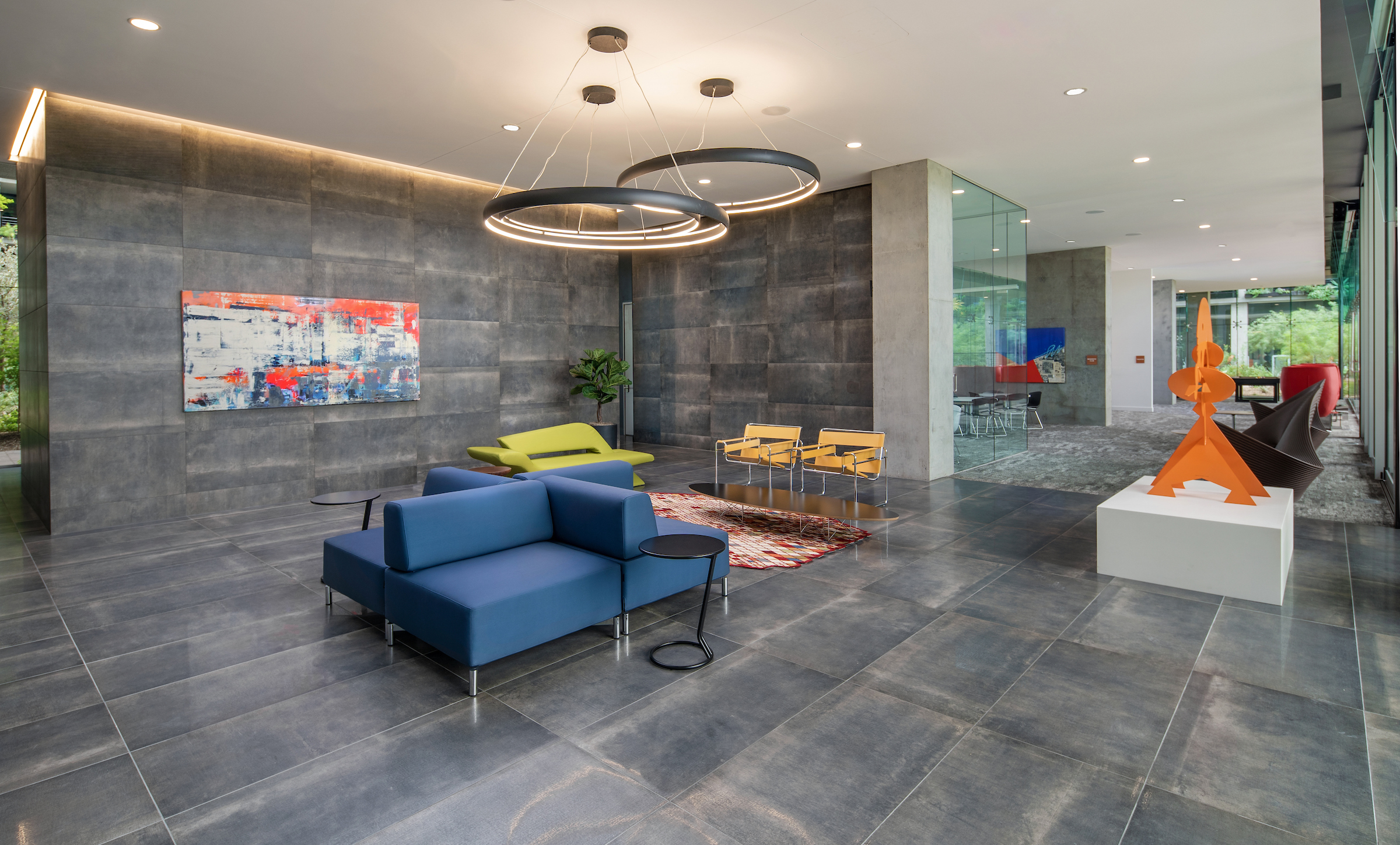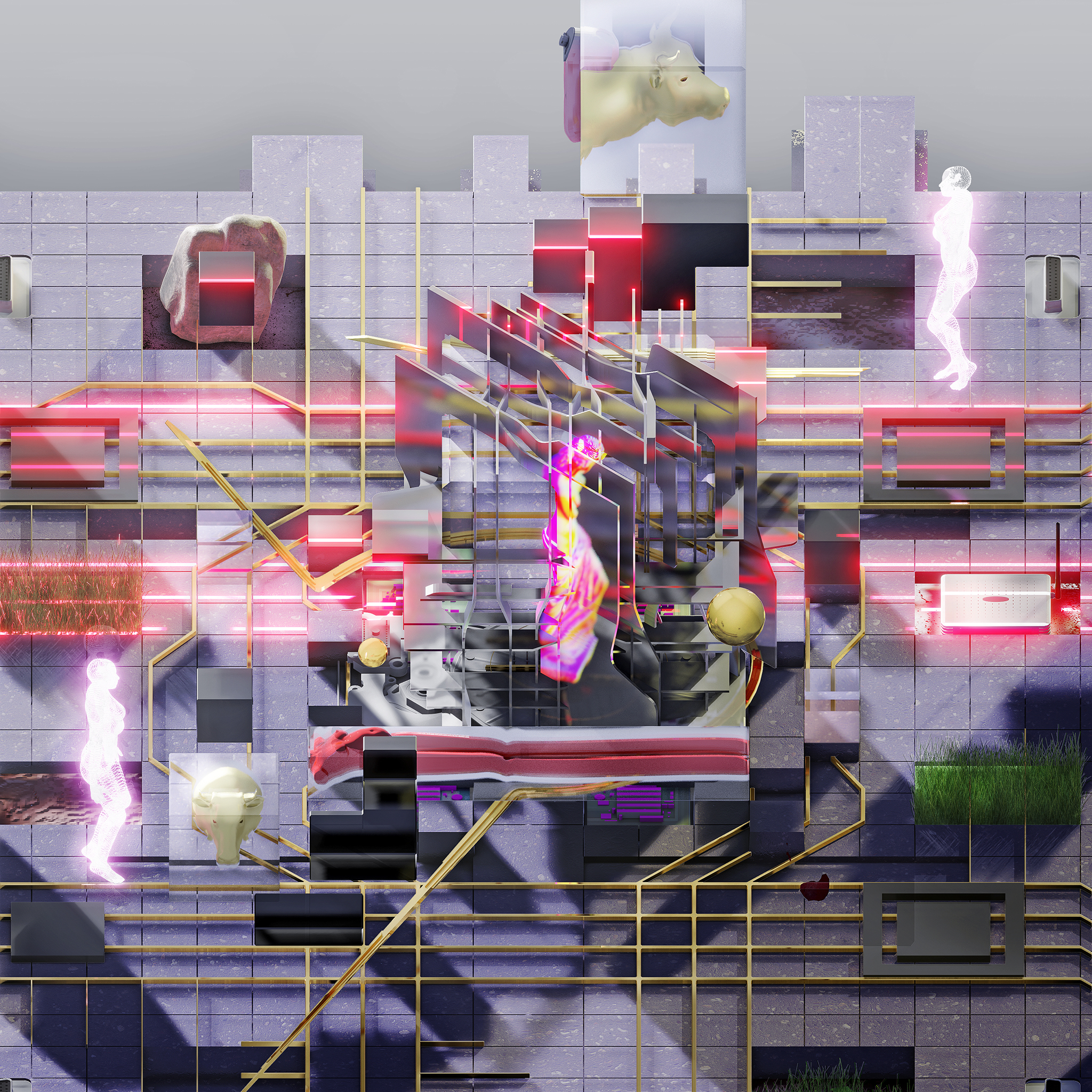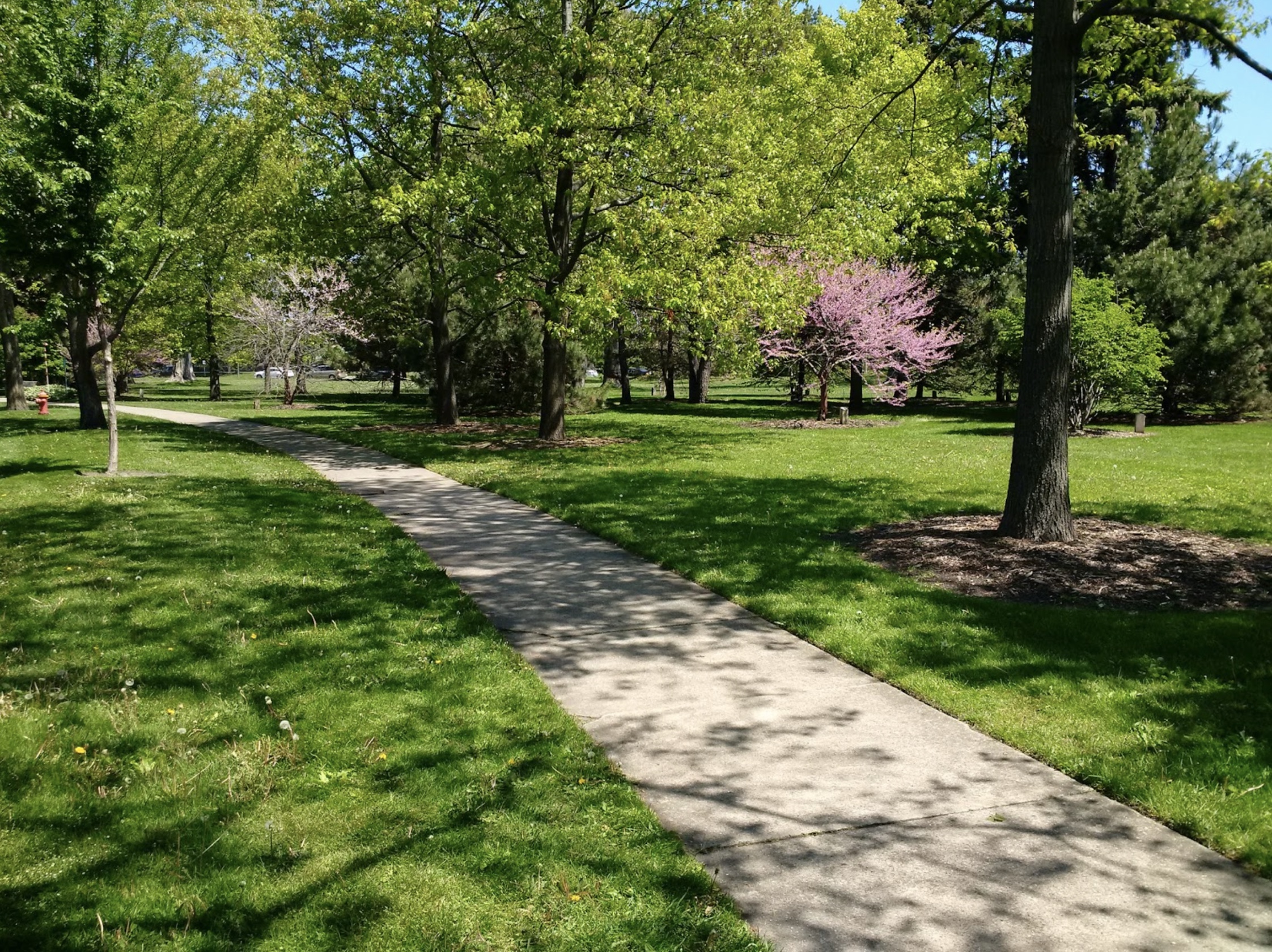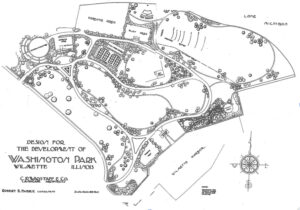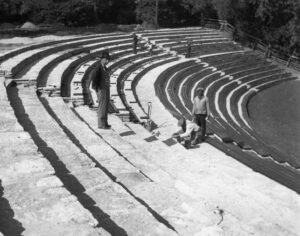Chicago and Scottsdale, home to lively Optima Communities, have much in common, including some of the best farmers markets to be found anywhere in the country. As summer approaches, each city comes more alive with a broad array of markets and fairs. Today, we’re spotlighting some of the favorites in each city:
Chicago’s Farmers Markets
Chicago’s French Market is one of the city’s nontraditional options, taking a cue from its European namesake and occurring indoors. Found in the same building as the Ogilvie Metra Train Station, and only a short walk from Optima Signature, the market is host to more than 30 local vendors – a mix of entrepreneurs and family-owned businesses – that supply neighborhood favorites and cultural luxuries. You can visit the French Market daily, except Sundays, from 7 a.m. to 5:30 p.m.
Tucked beneath the Western Brown Line Stop is Chicago’s Lincoln Square Market. Although it has limited hours, Tuesdays from 7 a.m. to 12 p.m. and Thursdays from 3 to 7 p.m., it’s a must-stop for residents. Local farmers, food purveyors and artisans fill the space each week, bringing everything from fresh produce to homemade hot sauce. And, if you go, make sure not to miss the local food trucks found in the area during the market!
For Optima Lakeview residents, Low-line Market on Southport is closest. The carefully curated market takes place every Tuesday from June to October and has a variety of favorite vendors that include The Hive Supply, Elsie Mae’s Pies and Lyons Fruit Farm. The market is part of Lakeview’s larger Low-line project, which helps to connect the neighborhood through a half-mile walkway and garden underneath the CTA ‘L’ tracks.
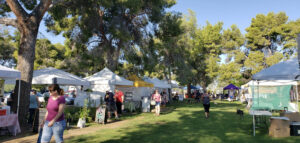
Scottsdale’s Farmers Markets
One of the largest farmers markets in the area, the Uptown Farmers Market features nearly 100 vendors at the North Phoenix Baptist Church every Saturday from 7 to 11 a.m. Those who visit will find everything from local produce and plants to cocktails and cookies. The market, which is only a 20 minute trip from Optima Sonoran Village, frequently has a variety of food trucks to grab a quick snack from while shopping!
Found in Roadrunner Park just East of State Route 51, Roadrunner Park Farmers Market is open all year from 7 to 11 a.m. on Saturdays. Although the market is smaller, it carries a mix of amazing products that include hand-crafted items, fresh fruits and vegetables and baked goods. And, since it’s in the park, you can spend the rest of your day at the children’s playground, fishing pond, swimming pool or soccer field!
For those looking to travel outside of the city, Carefree Farmers Market, found directly 15 miles north of Kierland Commons and Optima Kierland, makes the perfect choice. The market takes place every Friday throughout the summer from 8 to 11 a.m. and is known for its assortment of local treasures. Vendors change weekly, but favorite goods include artisan jellies, locally-made salsas and freshly baked bread.
This summer, make some plans to support local businesses and vendors by venturing out and exploring what your nearest farmers market has to offer!
